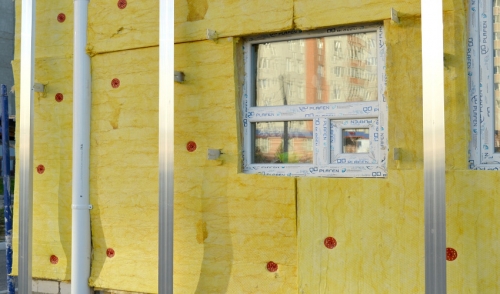Big L Lumber Clarksville - 616-693-2227
Big L Lumber Greenville - 616-754-9339
Big L Lumber Sheridan - 989-291-3232
Big L Lumber Stanwood - 231-823-2088
Big L Lumber Clarksville - 616-693-2227
Big L Lumber Greenville - 616-754-9339
Big L Lumber Sheridan - 989-291-3232
Big L Lumber Stanwood - 231-823-2088
Holiday Hours
Christmas Eve: Closing at 12:00 PM
Christmas Day: CLOSED
New Year's Eve: Closing at 12:00 PM
New Year's Day: CLOSED
Wishing you a Merry Christmas filled with joy, laughter, and unforgettable moments, and a Happy New Year.

Evidence suggests fiberglass, rock wool and slag wool insulation beat out cellulose insulation hands down. What’s more, fiberglass, rock wool and slag wool insulation qualify for use in the Weatherization Assistance Program.
While there are several types of insulation typically used for the weatherization market, none has the many advantages of loose-fill fiberglass or rock wool and slag wool insulation.
Advantages
Fiberglass, rock wool and slag wool insulation can meet the federal government’s recycled content requirements. Today’s fiberglass insulation products contain 40% recycled glass and are made from sand, a highly renewable resource. Slag wool insulation contains approximately 70-75% recycled blast furnace slag.
Blown-in fiberglass, rock wool and slag wool insulation products can achieve up to an R-15 in a 2x4 cavity and an R-23 in a 2x6 cavity – more than any other traditional loose-fill insulation on the market today.
Loose-fill fiberglass, rock wool and slag wool insulation products can be blown with most types of pneumatic machines and provide the equivalent R-value with less material than cellulose. All three products exhibit virtually no signs of settling or R-value loss over time. On the other hand, cellulose settles up to 20% and requires compensation for settling during installation.
The great amount of medical scientific evidence compiled over more than 70 years by industry; government, and independent research organizations supports the conclusion that these insulation products are safe to use when manufacturer’s recommended work practices are followed.
Source: North American Manufacturers Association